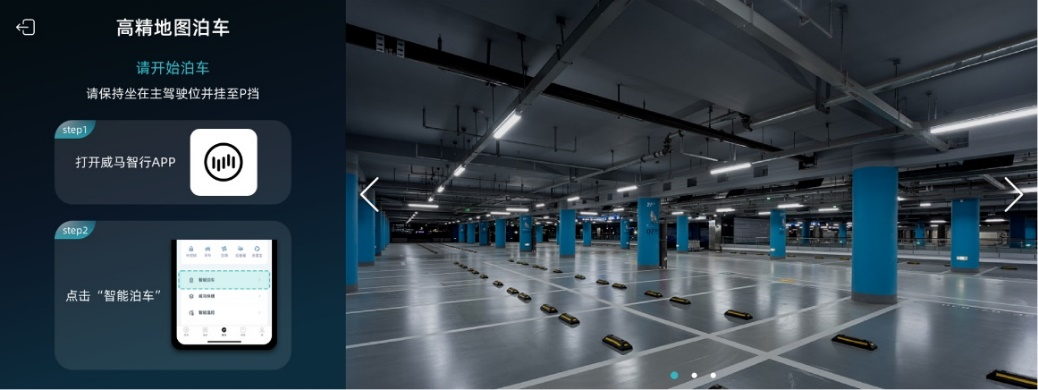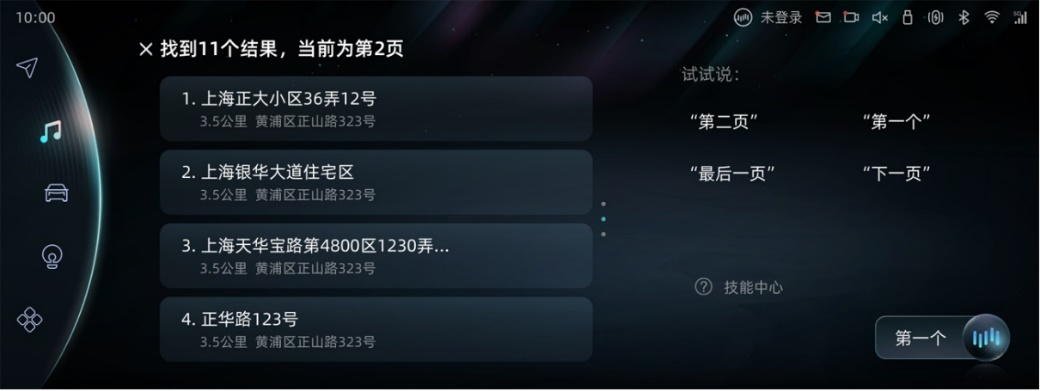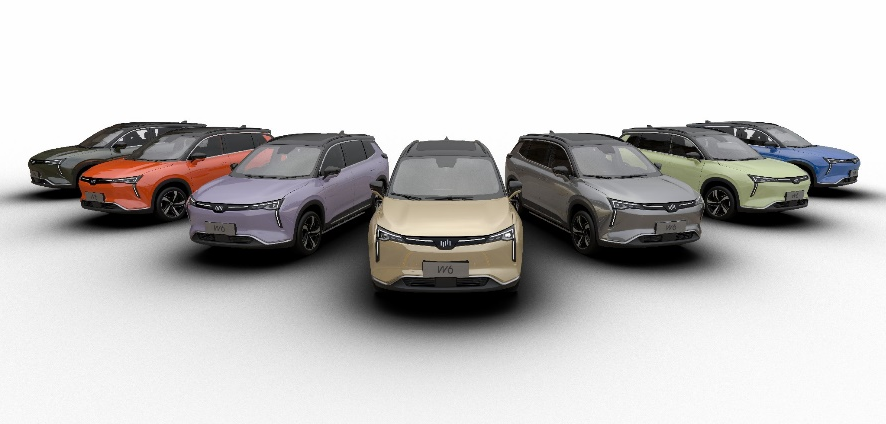On the Children’s Day, WM Motor officially pushed LivingMate 3.4 through OTA, which includes several updates such as “Public Parking No-Learning Valet Parking” (PAVP) technology, fixed parking with no-learning memory parking upgrade optimization, Baidu Maps engine upgrade and other functional enhancements.

The most important content of this OTA is the “Public Parking No-Learning Valet Parking” function, which has a slightly long name. Let’s break it down. Firstly, this is a valet parking function, similar to those of XPeng Motors and Huawei. Secondly, the application scenario of WM’s system is a public parking lot, and the biggest highlight is that it requires no-one and no learning. XPeng and Huawei’s memory parking requires users to “learn” in advance without other users sharing the route, which means demonstrating to the system and leading it to the destination. This suits the hypermarkets near home or around the company.
To solve these pain points, WM W6 chooses a high-precision map solution. In addition, this solution also needs to slightly modify the parking lot, adding some signs that facilitate vehicle sensor recognition. Before the vehicle enters the underground garage, the system will call up the map information in the background. After the user gets off and leaves, the vehicle can drive along the predetermined route to the designated parking space. The vehicle’s own sensor can be used for obstacle avoidance, especially for uncertain factors that cannot be included in the high-precision map, such as pedestrians and hand trucks in the parking lot.
However, according to insiders, the biggest difficulty in implementing this plan is not in the collection of parking lot maps, but in the slight modification of the parking lot. Subsequently, we can judge the feasibility of this plan by observing the “penetration rate” of WM PAVP’s parking lot.

Another major update of LivingMate 3.4 is the Automatic Parking Assistance (APA) function, which can support oblique parking recognition and parking in this version. In addition, the number of parking spaces displayed by the APA has increased from 6 to 10. At the same time, new voice control commands have been added to control parking, selection of parking spaces and other functions.
 In addition, WmAuto’s in-car map software Baidu Maps system version has been upgraded from 3.0 to 5.0, mainly updating the “routing speed” and location features. By integrating offline maps and navigation data, the offline navigation capability has been improved, ensuring smooth navigation in areas with poor signals. The route preference settings now include “Intelligent recommendations” and “Time priority” options, bringing the experience closer to that of the “mobile end”.
In addition, WmAuto’s in-car map software Baidu Maps system version has been upgraded from 3.0 to 5.0, mainly updating the “routing speed” and location features. By integrating offline maps and navigation data, the offline navigation capability has been improved, ensuring smooth navigation in areas with poor signals. The route preference settings now include “Intelligent recommendations” and “Time priority” options, bringing the experience closer to that of the “mobile end”.
Other functional optimizations have been included in the car infotainment system update, such as providing visual effects when the user switches to driving mode; adding a time display in the lower right corner of the instrument panel; optimizing the display of voice search results pages (such as searching for nearby hotels and food); and adding an AQS (Air Quality Index) module display to the iTouch system, among other things.
This article is a translation by ChatGPT of a Chinese report from 42HOW. If you have any questions about it, please email bd@42how.com.
